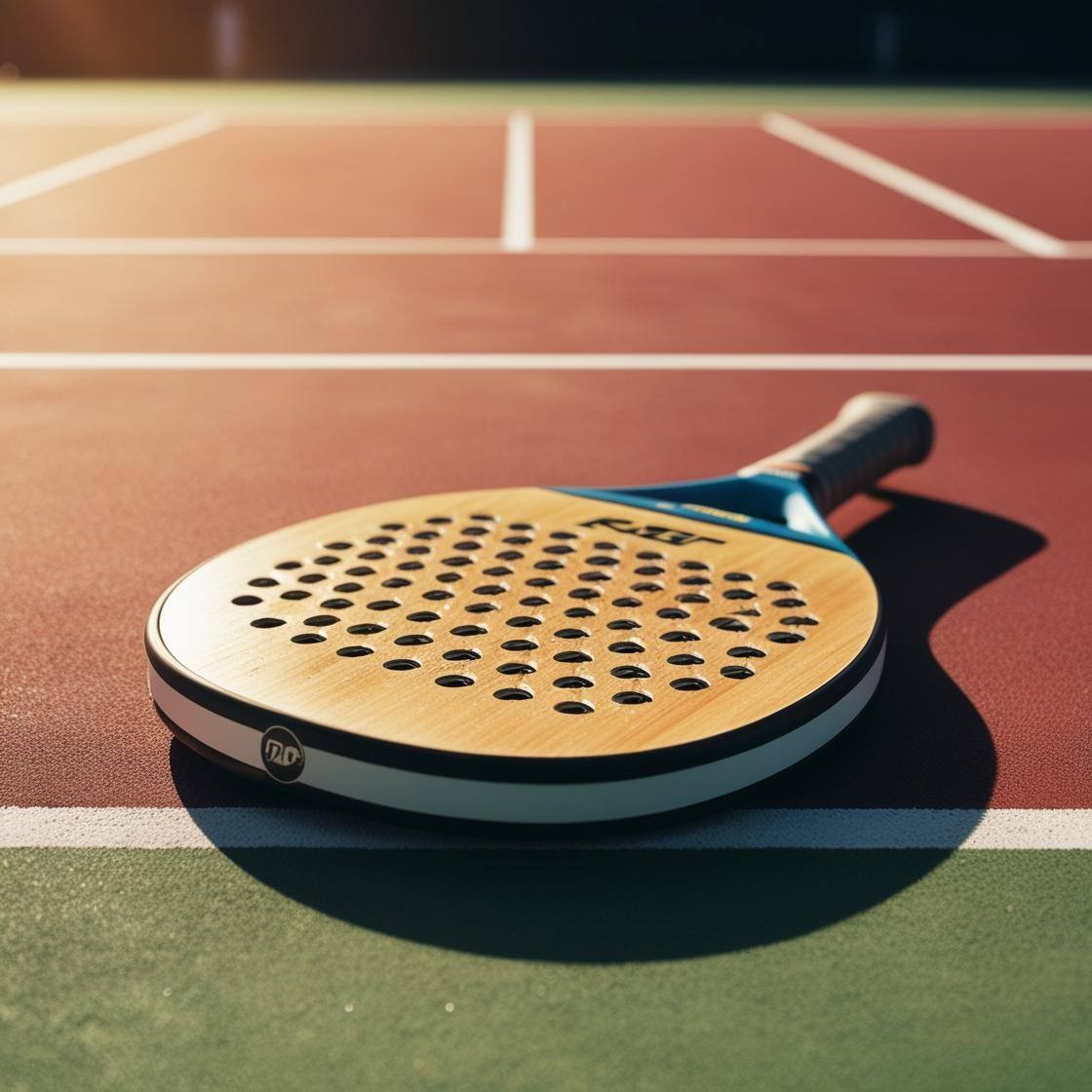6 min read
3D Printing and Nanotechnology
3D printing and nanotechnology are two fields of research and innovation that, at first glance, might appear worlds apart. The former focuses on...

Sandblasting is a mechanical surface finishing process used in various industrial sectors to clean, smooth, or prepare surfaces through the abrasive action of particles propelled at high speed. Using a jet of compressed air or water, abrasive particles such as sand, glass beads, alumina, or sodium bicarbonate are shot onto a surface, removing unwanted layers of materials like paint, rust, or dirt, thereby smoothing the surface.
The principle behind sandblasting is the abrasive action of particles thrown against the surface to be treated. The particles are contained in a flow of air or water, which can vary in intensity and speed depending on the type of material and application. This process allows for:
There are several variants of sandblasting, including:
Depending on the application, the abrasive materials can vary, with the most common being:
Sandblasting plays a particularly important role in the post-processing of parts produced with Multi Jet Fusion (MJF) technology, a powder-based 3D printing method developed by HP. MJF allows for the creation of components with high precision and complex details, using polymer powders like nylon. However, once printed, the parts require post-processing to remove unfused powder residues and enhance the surface finish. This is where sandblasting proves to be a crucial process.
After MJF printing, the parts are surrounded by unfused powder. While much of this powder is removed via suction, finer residues may remain adhered to the surfaces. In this case, sandblasting is used to:
It is important to carefully adjust the type of abrasive and the jet pressure during sandblasting of 3D printed MJF parts to avoid damaging the surfaces or compromising their mechanical strength. More delicate abrasives, such as glass beads, are often preferred for treatments on nylon and other plastic materials used in MJF, as they reduce the risk of excessive abrasion. For these reasons, it is essential to rely on industry experts, such as Weerg, to achieve high-quality results in a very short time.
Sandblasting is a versatile process used across multiple sectors for cleaning, preparing, and finishing surfaces. In 3D printing, particularly in Multi Jet Fusion (MJF), sandblasting plays a fundamental role in the post-processing phase, ensuring that parts are free from powder residues, aesthetically pleasing, and ready for subsequent treatments. Thanks to its ability to enhance the quality and appearance of components, sandblasting remains an essential step in the production of MJF parts, guaranteeing optimal results quickly and with high precision.

6 min read
3D printing and nanotechnology are two fields of research and innovation that, at first glance, might appear worlds apart. The former focuses on...

6 min read
Padel has seen exponential growth in Italy and worldwide in recent years. A glance at sports clubs in major cities and smaller towns alike reveals an...

6 min read
The game of chess boasts a history spanning millennia, seamlessly merging art, strategy, and culture into a singular experience that has captivated...